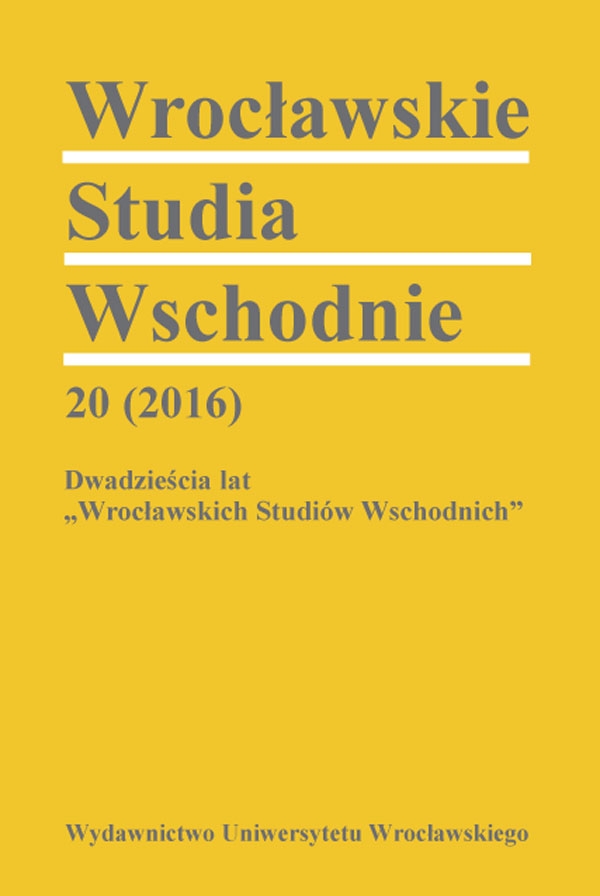

Artykuły

Профессора теологического факультета Университета Стефана Батория в Вильно 1919–1939
Университет Стефана Батория был наименьшим из польских государственных университетов, а теологический факультет принадлежал к числу наименее многочисленных, как по числу студентов, так и научно-педагогических работников. В первый год существования на ТФ работали лишь два профессора. В очередные годы было их 4–5, а начиная с академического года 1935/1936 — от 6 до 8. Общее число сотрудников со званием экстраординароного и ординарного профессора на этом факультете составляло 11 человек.
Интересующая нас группа профессоров оказалась коллективом сильно дифференцированным, хотя проведенный анализ биографических материалов в отношении некоторых аспектов показал большие сходства. Все исследуемые были католическими священниками, поэтому сходства были частично обусловлены этим фактом, но не только. Анализ относился к «традиционным» элементам в их биографии, таким как место рождения, общественное происхождение, образование; также к тем существенным сточки зрения пройденного научного и профессионального пути. Дополнительно рассматривались другие элементы, такие как возможное участие в борьбе за независимость и границы, политическая активность, судьба после ухода с кафедры. Представители исследуемой группы происходили из разных сред, хотя из 11 человек
четыре происходили из помещичьих семей, три — из интеллигентских. Что касается сходств, то внимания заслуживают крепкие связи позднейших профессоров ТФ УСБ с Санкт-Петербургской духовной академией. После назначения на кафедру профессора были людьми относительно молодыми. Заведующие кафедрой на теологическом институте проявляли разную степень научной активности. У них нередко были совершенно разные политические взгляды.
Перевел Ежи Россеник
Professors of the Faculty of Theology of the Stefan Batory University in Vilnius 1919–1939
The Stefan Batory University was the smallest among the Polish universities and its Faculty of Theology was among the smallest of its faculties, both when it comes to the number of students and the number of research and teaching staff. Only two professors worked at the Faculty of Theology during its first year. In subsequent years the number grew to four–five professors and in the 1935–1936 academic year — to between six and eight. With regard to associate professors and full professors at the Faculty, their total number was eleven.
The group in question was highly diversified, although the author’s analysis of their biographies has revealed considerable similarities in some aspects. All analysed professors were Catholic priests and hence the similarities, although this was not their only source. The analysis has dealt with the “traditional” elements of their biographies, like place of birth, social background, education, as well as those important from the point of view of their academic and professional careers. In addition, the author has analysed other elements, like the professors’ participation in the fight for Poland’s independence and borders, political activity and fate after leaving the Faculty.
The members of the group came from various backgrounds, although four among the eleven came from landed gentry families and three from the intelligentsia. When it comes to the similarities, of note are the strong connections between the future professors of the Stefan Batory University’s Faculty of Theology and the Theological Academy in St. Petersburg. At their appointment the new professors were also fairly young. On the other hand the department chairs working at the Faculty of Theology differed significantly in terms of their scholarly activity. Their political views were often very different as well.
Translated by Anna Kijak